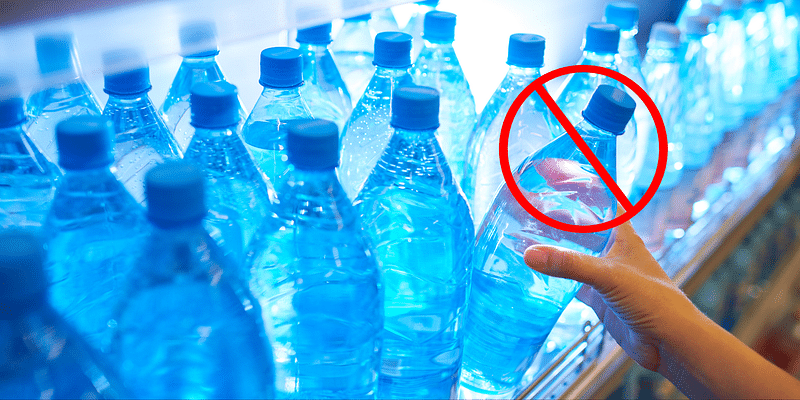
Recent research has revealed a startling fact about the bottled water we consume: the average liter of bottled water contains nearly a quarter million pieces of microplastics and tiny, invisible nanoplastics. This finding, which comes from a study published in the Proceedings of the National Academy of Sciences, indicates that the presence of nanoplastics in bottled water is much more prevalent than previously understood.
Nanoplastics, particles that are less than a micron in size, are so small they can potentially enter human tissues. The study’s results showed that the levels of these particles in bottled water varied, with some brands containing between 110,000 to 400,000 particles per liter, averaging around 240,000. This is a significant increase from previous estimates, which had suggested far fewer plastic particles in bottled water.
The study, conducted by researchers from Columbia and Rutgers Universities, employed a novel microscopic technique using dual lasers to detect and categorize these particles. This method allowed for the first-time detection and categorization of these extremely small particles. It’s believed that much of the plastic is coming from the bottles themselves and the reverse osmosis membrane filters used in the bottling process.
However, the health implications of nanoplastics remain unclear. While it’s known that they can enter the tissues of mammals, including humans, and are suspected to be more toxic due to their small size, definitive conclusions about their impact on health are still under investigation. Studies are ongoing to determine the exact nature of the risks posed by these particles.
In light of these findings, the study’s authors and other experts have expressed concern about the potential risks of plastic particles and are advocating for more research to fully understand the implications. Some researchers have even started to reduce their bottled water consumption as a precaution.
This study serves as a reminder of the pervasive nature of plastic pollution and its potential impact on our health and the environment. It underscores the importance of continued research into the effects of microplastics and nanoplastics, as well as the need for more sustainable practices in the use and disposal of plastics


![Read more about the article [Funding alert] Kalaari Capital leads seed investment in home fitness and wellness startup Portl](https://blog.digitalsevaa.com/wp-content/uploads/2021/06/Untitleddesign19-1624255963019-300x150.png)

![Read more about the article [Funding alert] Revenue-based finance startup Klub raises $20M in seed round](https://blog.digitalsevaa.com/wp-content/uploads/2021/08/Imagezcq7-1629185935032-300x150.jpg)





